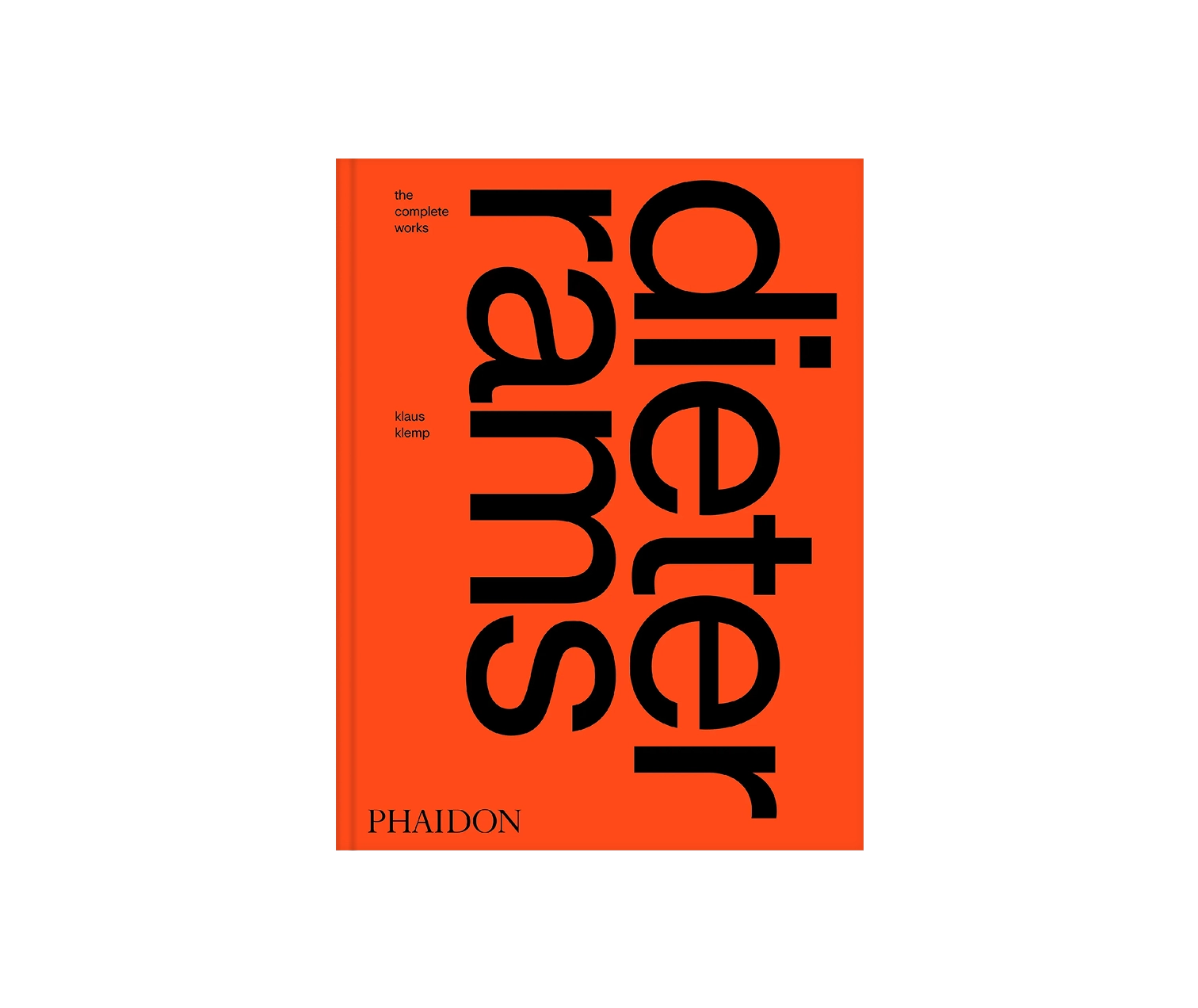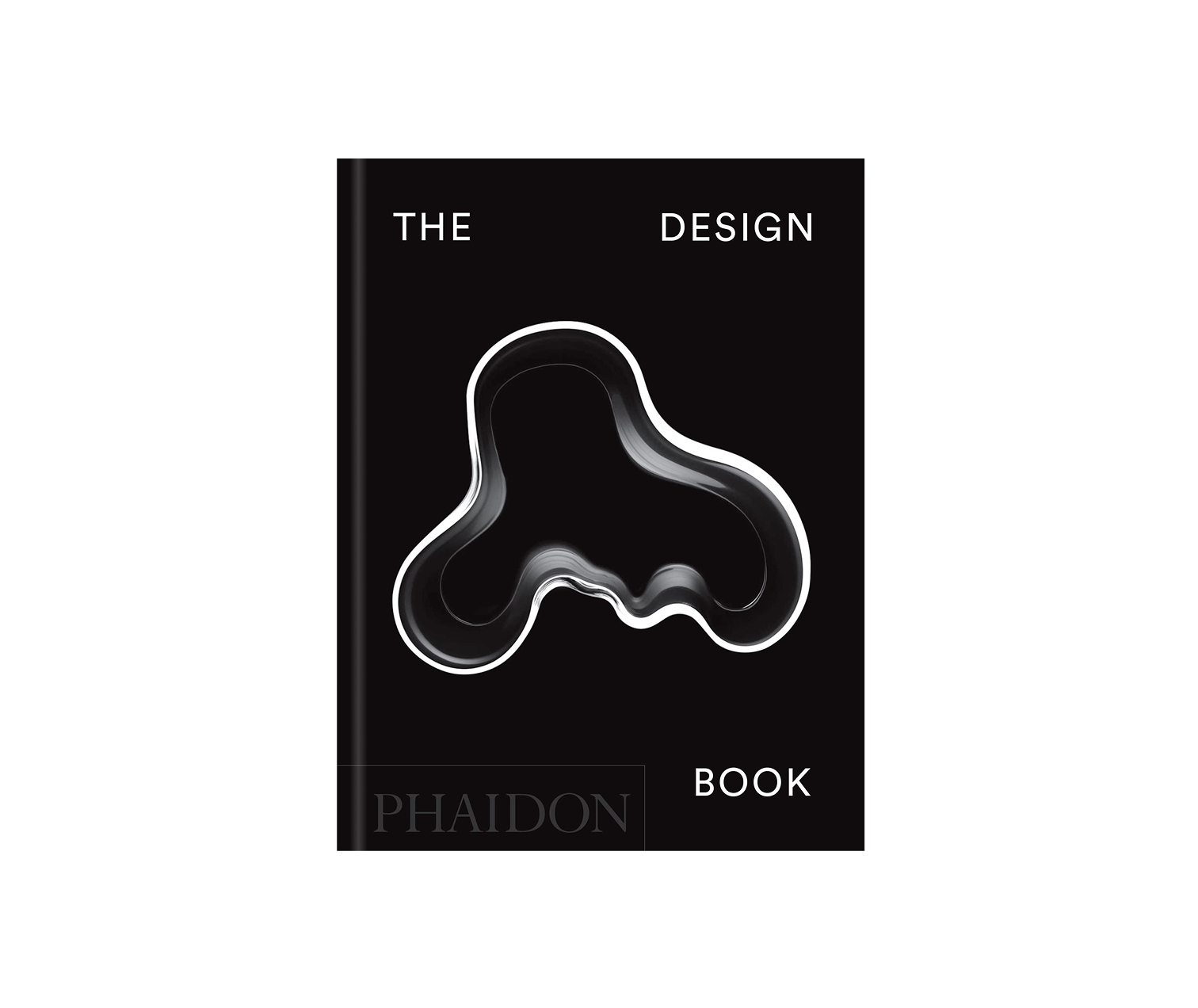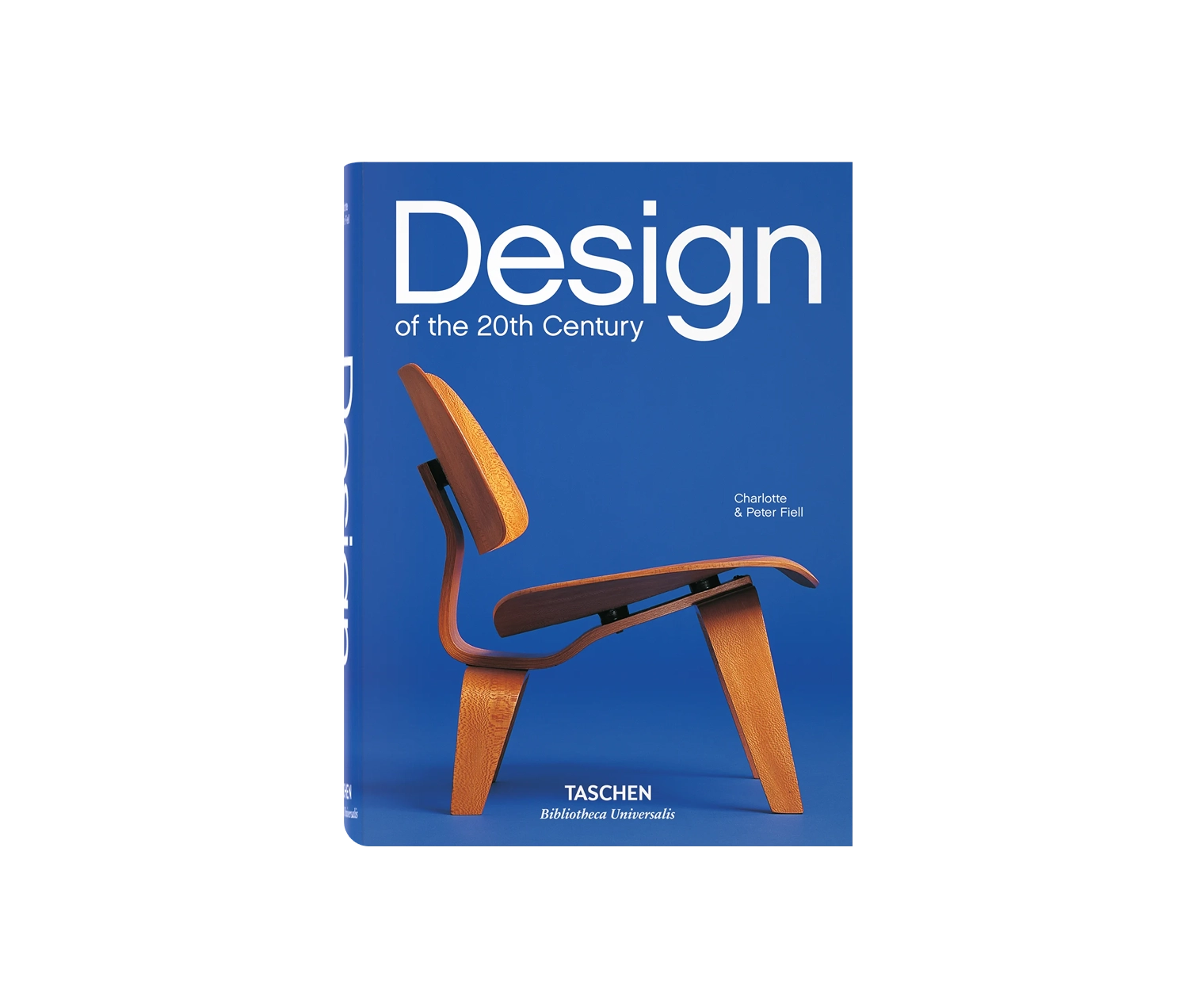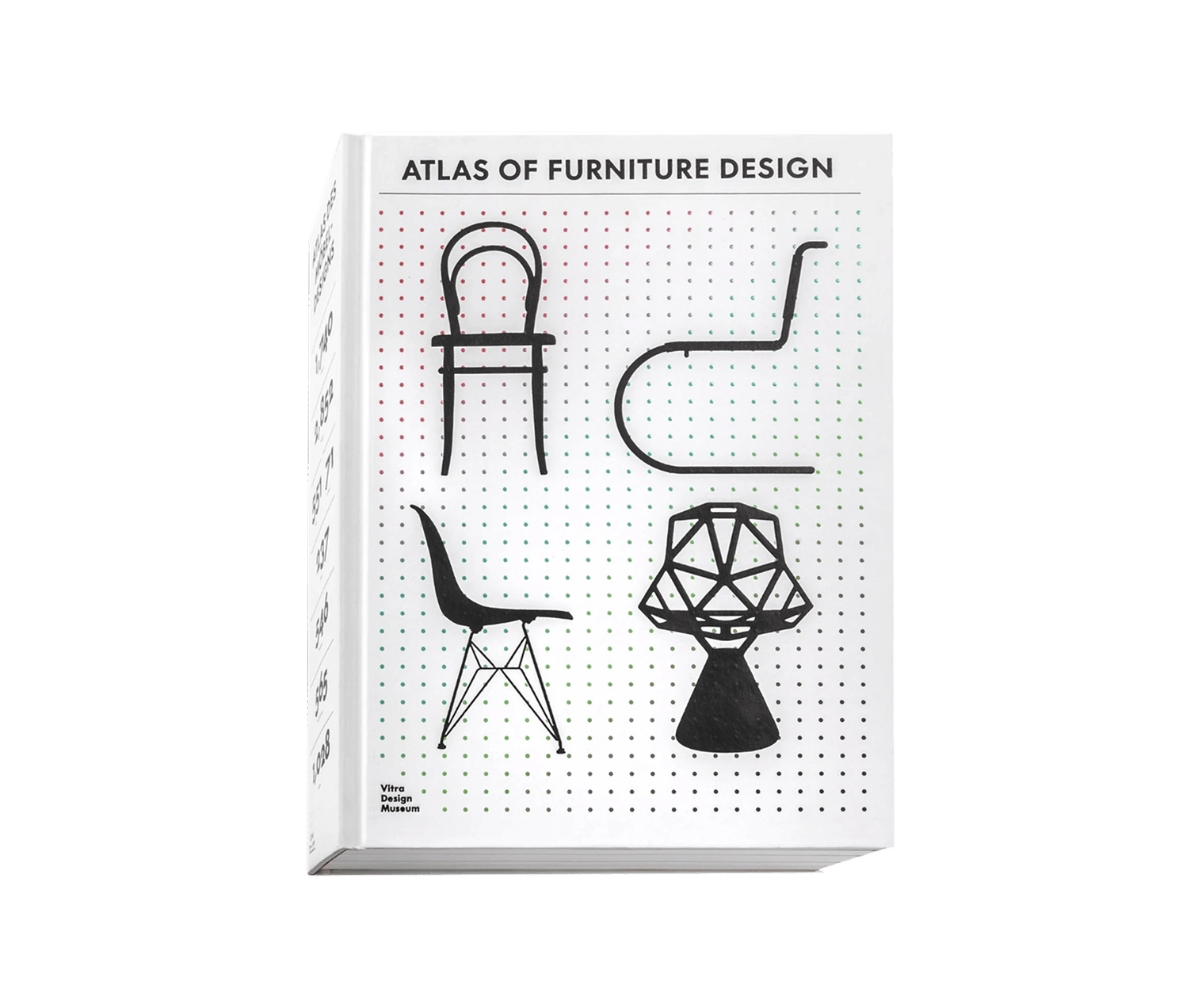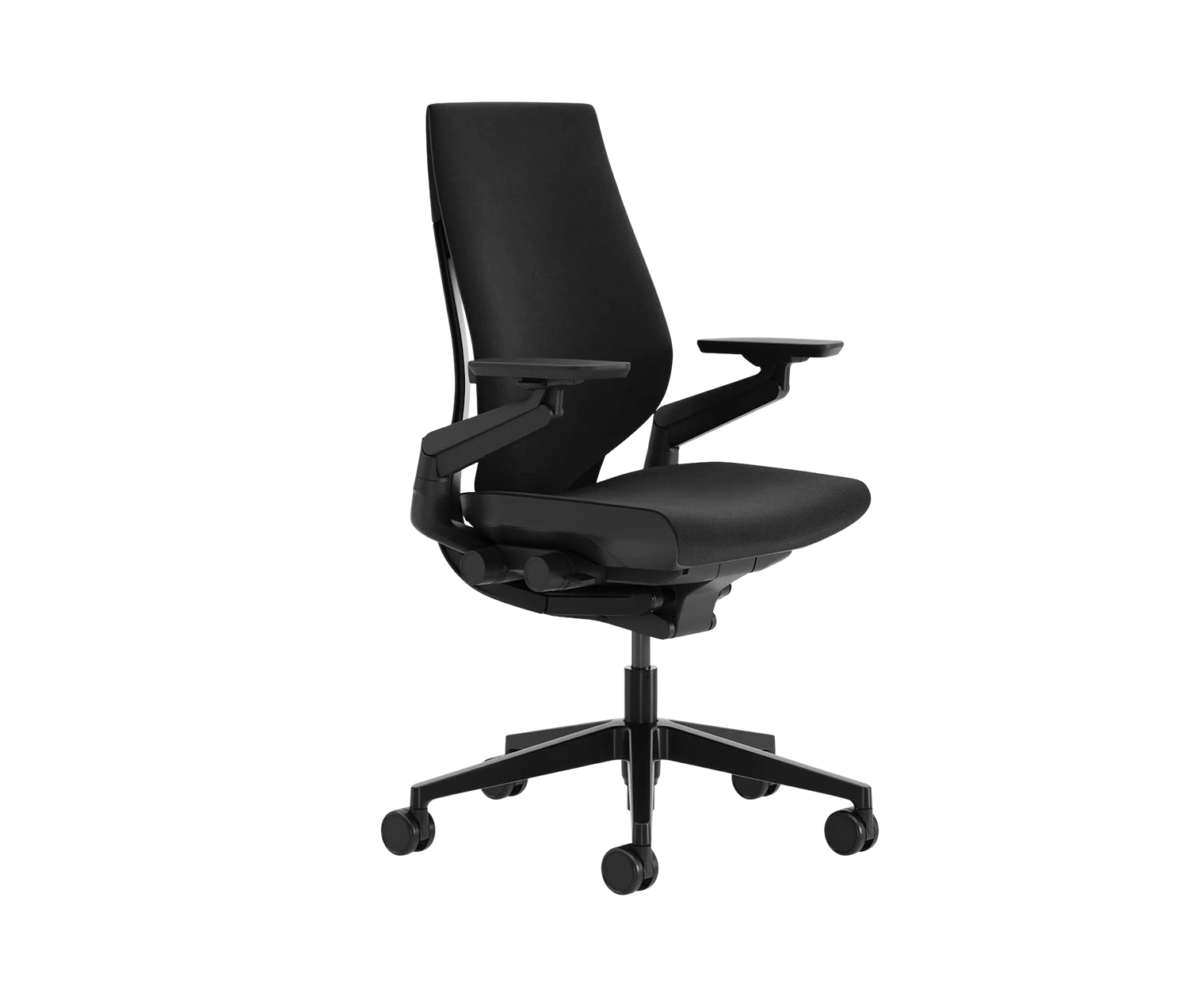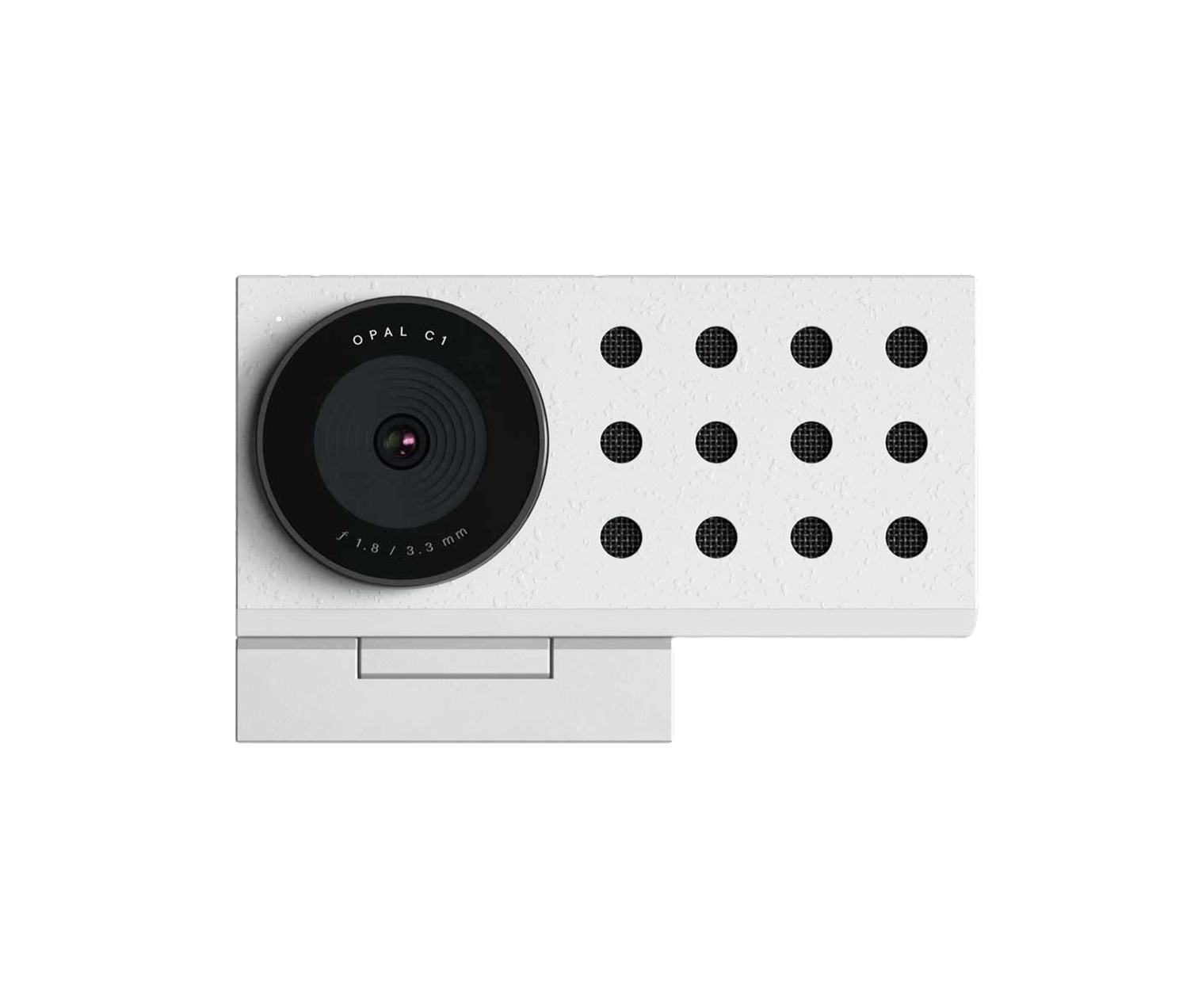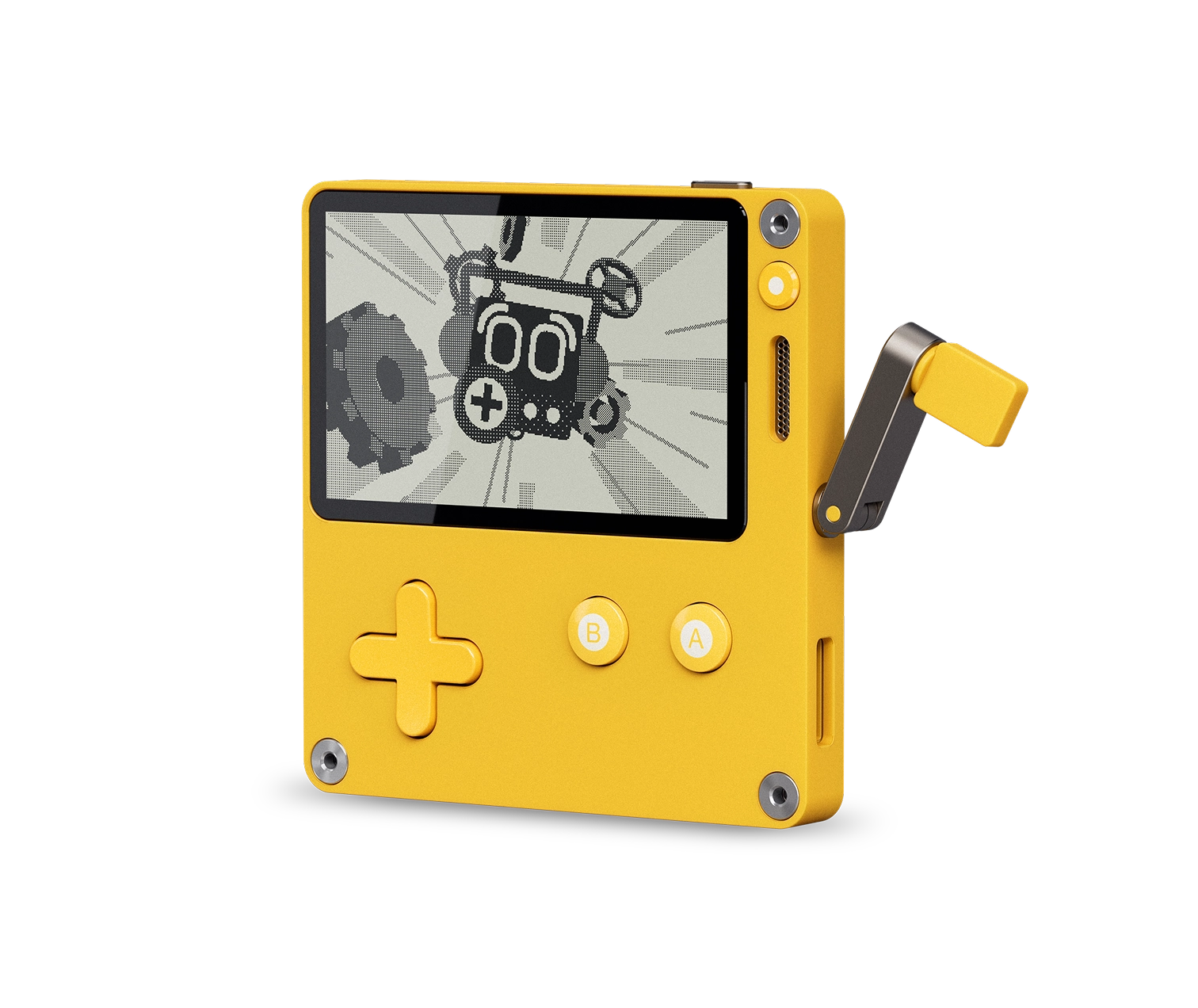Oct 8, 2025
·
·
Coffee table books do more than fill a surface. The best ones invite you to slow down, to turn each page with intent, and to live among ideas that have shaped how the world looks and feels. From Dieter Rams to Virgil Abloh, here are five books that belong in every design lover’s space.
1. Dieter Rams: The Complete Works

Dieter Rams: The Complete Works from Phaidon is the definitive record of one of modern design’s most influential figures. Known for his principle of “less, but better,” Rams refined the language of product design through clarity and order.
This volume collects his entire output, including his work for Braun and Vitsoe, alongside sketches, prototypes, and archival photography. Every page communicates his belief that design should be quiet, functional, and enduring. Large in scale and printed with care, it feels like both an archive and an object of design itself.
2. Virgil Abloh. Nike. ICONS

Virgil Abloh. Nike. ICONS from Taschen explores a collaboration that redefined the connection between fashion, technology, and culture. Through “The Ten,” Abloh dismantled and reimagined Nike’s most iconic sneakers, turning familiar forms into commentaries on transparency and process.
The book blends photography, design notes, and prototypes into a visual narrative about design as cultural dialogue. Its bright green cover makes it striking in any setting, while the content captures Abloh’s view of design as a shared language rather than a static product.
3. Atlas of Furniture Design

The Atlas of Furniture Design by the Vitra Design Museum is among the most extensive design studies ever published. Spanning more than two centuries, it documents how social, material, and technical progress shaped the evolution of furniture.
With over a thousand pages and more than 1,700 images, the book feels monumental in both scale and detail. Each section connects form with its historical context, offering a view of design as a reflection of culture. It belongs on the tables of architects, collectors, and anyone who values the continuity between craft and history.
4. The Design Book

The Design Book from Phaidon condenses the history of modern design into 500 timeless objects. Each entry is short, illustrated, and easy to navigate, making the book ideal for casual browsing or daily inspiration.
It captures the progression of form and function across different eras and disciplines, from furniture to everyday tools. Compact yet substantial, it pairs well with larger titles in a design collection and reminds us that good design often lives in the most ordinary objects.
Design of the 20th Century

Design of the 20th Century from Taschen charts the evolution of global design through one hundred years of invention and creativity. Covering movements such as Bauhaus, modernism, and postwar industrial design, it reveals how form and function evolved together in response to new materials and ideas.
Featuring designers such as Charles and Ray Eames, Le Corbusier, and Arne Jacobsen, it presents the story of design as both reflection and catalyst of progress. The photography and structure make it as enjoyable to browse as it is to study.
A design library says as much about a person as the objects they choose to live with. These books are not only references but companions, each one a reflection of how ideas evolve over time. From Rams’s discipline to Abloh’s cultural remix, they trace the path of design from precision to expression.
A coffee table book, when chosen well, becomes more than a display piece. It is a quiet statement about what one values: ideas that endure, craft that inspires, and creativity that shapes everyday life.
